Framing Components
This guide will explain the various components which make up a traditional picture frame set. The four most important framing components are the moulding (material the frame is made of), the matboard, the glaze and backing. The moulding is purely aesthetic whereas the glaze, matboard and backing serve a critical function in conservation.
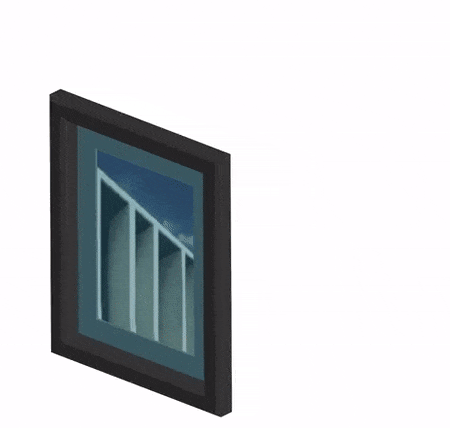
Moulding (Frame)
In regular jargon, the frame refers to the entire compilation of moulding, glazing, matting, backing and art work. The more technical term for the frame is moulding, which refers to to just to the material the frame is made of. Most moulding is made of either wood, metal or plastic and comes in thousands of different designs.
Frames come in long sticks of moulding, usually 8-12 feet in length. The moulds are then cut to size and joined together. The moulds come with a rabbet (a thin groove of about 1/2″ wide and 1″ deep) where the matte, artwork, glaze and other components fit in. The thickness of the rabbet is important to consider if your art work is very thick (like a canvas). The most important decision in framing is the material and the style (design and finish). Plastic is often the cheapest, lowest quality but between metal and wood it’s mostly dependent on the look you are trying to achieve. Wood has a more traditional look, and offers many more shapes and designs. Metal provides a more modern, sharp and bold look. It’s particularly stunning in black and white art. Most of our frames are available up to 32×40″ as they are sturdy and can support a lot of weight.
With frames, as with all the art work components it’s important not to distract from the art itself. The frames are meant to complement and enhance, so simple black or walnut wooden frame is great for most art. In galleries and art shows a white single or double picture mat with a basic wooden frame is more than sufficient. Matboard and More® sells elegant wooden black, white and walnut frames, perfect for galleries.
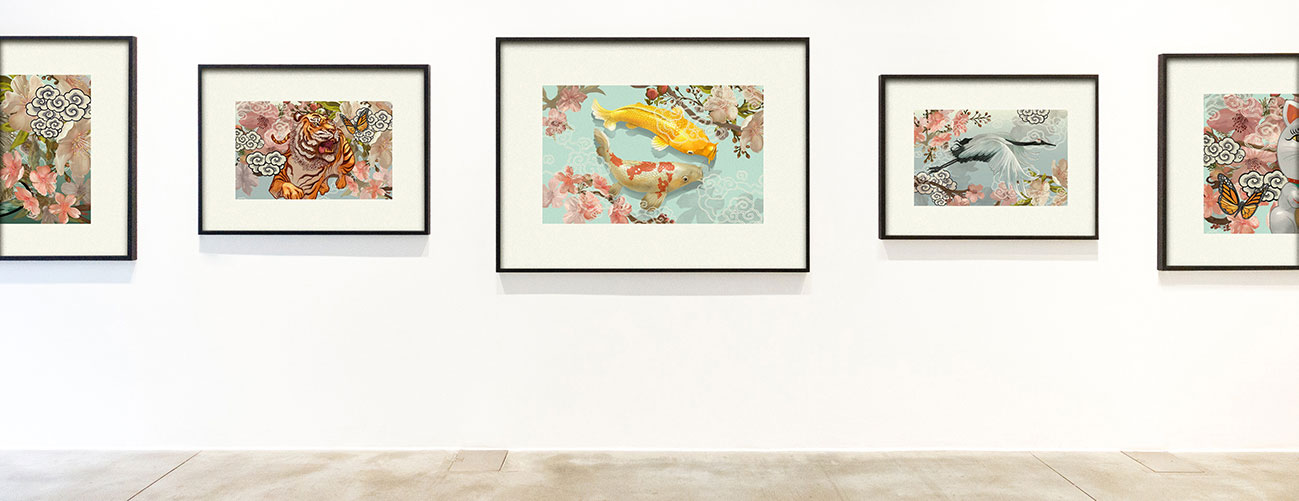
Glazing (Plexiglass)
The glaze is the first layer behind the moulding, it is transparent and is made of either glass or acrylic (commonly called Plexiglass). The glaze protects the art from dust or physical damage as well humidity and condensation.
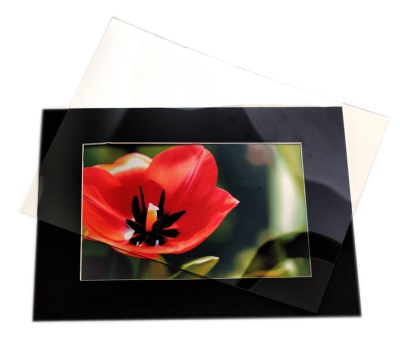
High quality glazing used in conservation framing is thin (1/16"), it is highly transparent to ensure the art is not visually distorted and it has UV protection. Acrylic, or more commonly Plexiglass is similar to glass in its functionality but it has the added benefits of much greater durability and lightness. It is almost impossible to crack or break Plexiglass. On the downside, it scratches easier than glass does and some people believe it doesn’t look as good as glass. We sell exclusively Plexiglass glazing as it’s much better for shipping.
Both forms of glazing have multiple enhancement options:
- Non-glare treatment : ensures the art work is clear in high light without a reflection
- UV-reducing : restricts harmful UV rays, helps protect the art work
- Combined anti-glare and UV-reduction : combines both coatings
For the majority of framing needs, standard Plexiglass is more than sufficient and it’s not necessary to spend on the additional options which can easily double or triple the cost. Matboard and More® sells Plexiglass for framing in any size up to 32×40″.
Matboard
Matboard is a paper-type product placed between the glaze and art work, providing a border that enhances the image, while also creating space between the art and the glaze. Matboard is the most customizable portion of the finished product, but thankfully it can also be one the least expensive with a good retailer.
Customization include :
- Sizes : both the opening and outer sizes
- Colors : hundreds of colors to choose from.
- Core : standard core, black core and white core for the inside edge of the mat.
- Layers : mats can be bought in single, double or even triple layers, all of which give very different looks
- Special Designs : mats can be cut in interesting shapes, though typically rectangular, ovals, irregular shapes and almost anything under the sun can be used to provide a unique look
- Finish : the bevel cut, v-groove cuts, bottom weighting and many other configurations are possible, often for a minimal charge
See our article on matboard basics for more details. Purchase matboards online using our custom matting shop page.
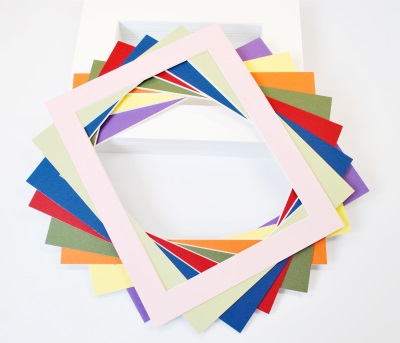
Backing Board
Behind the art work, there is a layer or two which is used to protect the art from behind, it is not visible from the front, but it still serves an important purpose. See our guide to mounting art for more detail on how to attach your artwork to the mounting/backing board.
There are many different varieties of backing board including:
- Plain Cardboard : acidic, low quality and not recommended for quality art
- Pressboard/Chipboard : simple paper product, often 2 or 4 ply and functional. Ridged enough to work but not recommended for conservation purposes.
- Regular Matboard : a simple mat board can be used as a backing board, these are often mildly treated so they will last longer, and they are also more ridged
- Foamboard : thicker than regular matboard, providing a more solid backing, but it can also be brittle and often breaks in transport.
The regular matting and foamboard have additional options:
- Acid-Free: treated to ensure that they will not damage the art.
- Self-Adhesive : simple paper product, often 2 or 4 ply and functional. Ridged enough to work but not recommended for conservation purposes.comes with a sticky layer so you can stick the art directly onto the backing board, eliminating the need for tape.
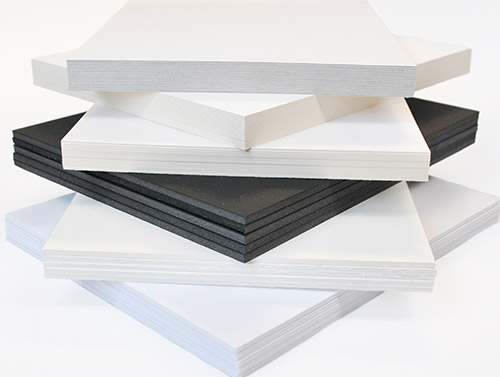
Dust Cover
The dust cover is an optional layer that can be put behind the backing board to protect against any dust or particulates entering from the back of the finished product. It’s not necessary as the backing board provides a similar function but in very dusty environments it can be useful.
